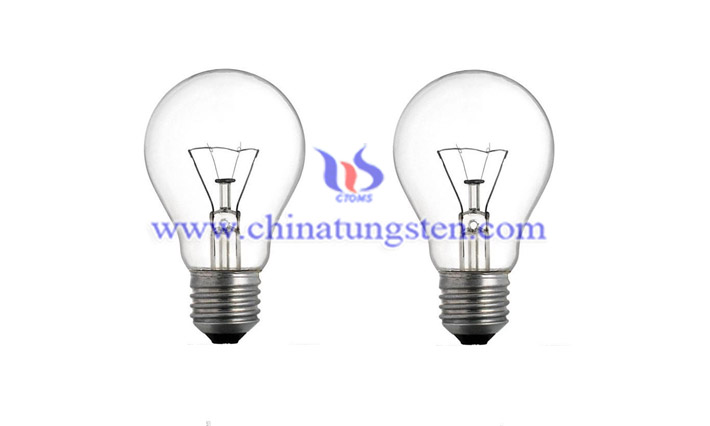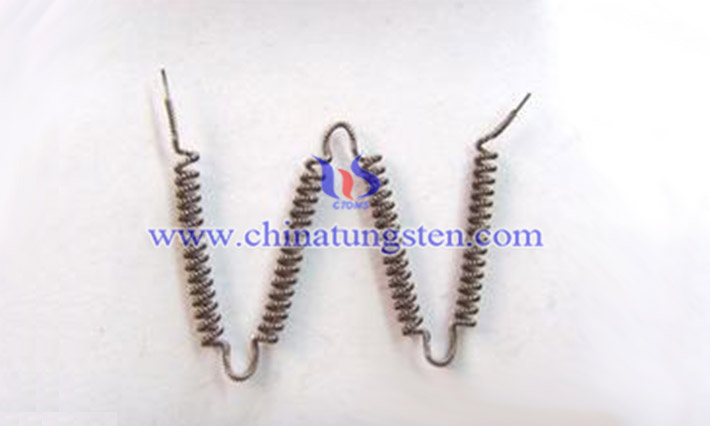How Tungsten Wire Brings Bright?
- Details
- Category: Tungsten Information
- Published on Monday, 21 June 2021 11:23
When the lights are on and the streets are lit up by neon lights, have you ever wondered why a light bulb can glow and bring bright when it is connected to a power source?
The filament of an electric light bulb is wound with a thin tungsten wire in a spiral shape. Generally, the W wire starts to emit light when heated to 100°C, and can withstand high heat of 2300℃~2500℃. In an electric bulb made of glass, air is removed, nitrogen, argon, and other non-combustible gases are filled in, and then sealed, which becomes an electric bulb. When the current flows from the wire into the filament (tungsten filament), because the resistance of the filament is quite large, high heat is generated, and when the heat reaches a certain level, light is emitted. Light bulbs are "luminous due to heat", so light bulbs are very hot, so don't touch them with your hands.

Thomas Alva Edison invented the incandescent light bulb in 1879 and is known as the father of light. Although the first light bulb he invented was not the first electric light in history, Edison was the first person to invent and use the light bulb. Therefore, he is commonly referred to as the "inventor of the electric light." At the earliest, Edison invented a carbon filament lamp (the raw material is carbon filament), which used carbon filament to generate heat radiation and emit light, while tungsten filaments are used in modern incandescent bulbs.At the same time, in order to protect the W wire, the glass bulb was also evacuated and filled with nitrogen, which can make the life of the bulb a little longer.
The structure of an electric bulb can be simply divided into three parts: the lamp cap, the wick, and the glass bulb. The structure of the wick is an important condition for light emission. The wick is closed by 3 wires, which are tungsten wires and two guide wires. Among them, the guide wires are copper guide wires and have relatively low resistance, while the resistance of tungsten wires is slightly larger.

When the current enters from the solder joint, it passes through the tungsten wire and the two guide wires in turn. When the current reaches the W wire with higher resistance, it starts to generate heat. After reaching a certain temperature, the wire will generate heat radiation and emit light.
From the perspective of physical energetics, the light-emitting principle of incandescent lamps is actually very simple. It is divided into two processes: firstly, electric energy is converted into heat energy (thermal effect), and then heat energy is converted into light energy (heat energy is not all converted into light energy, there will be some other consumption).
- Tungsten Metals Manufacturer & Supplier, Chinatungsten Online: www.tungsten.com.cn
- Tungsten News & Prices of China Tungsten Industry Association: www.ctia.com.cn
- Molybdenum News & Price: news.molybdenum.com.cn
- Tel.: 86 592 5129696; Fax: 86 592 5129797; Email: sales@chinatungsten.com



 sales@chinatungsten.com
sales@chinatungsten.com